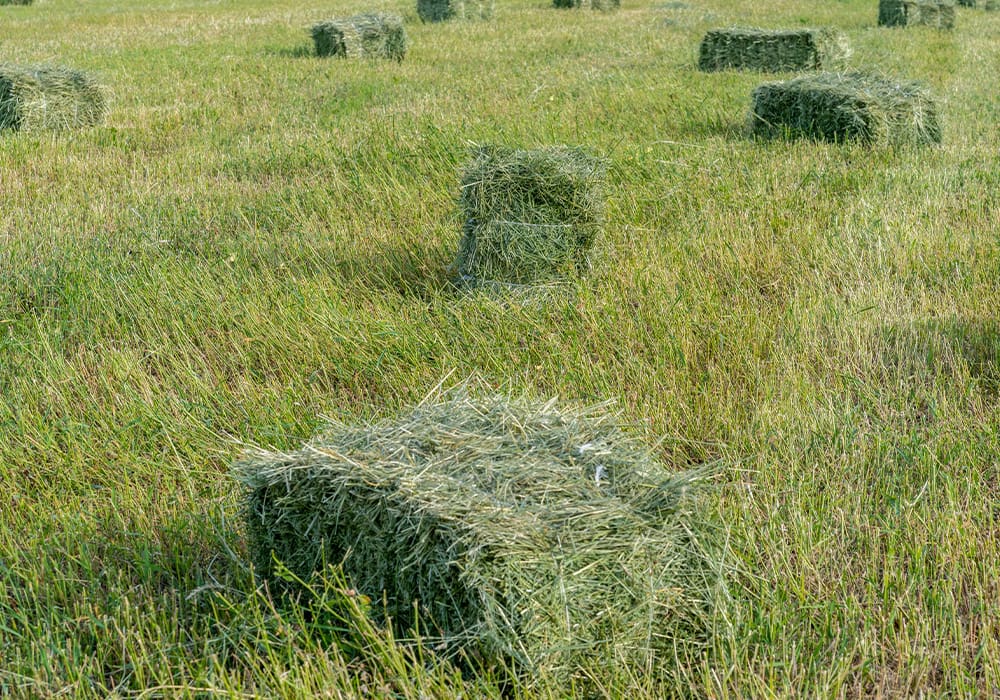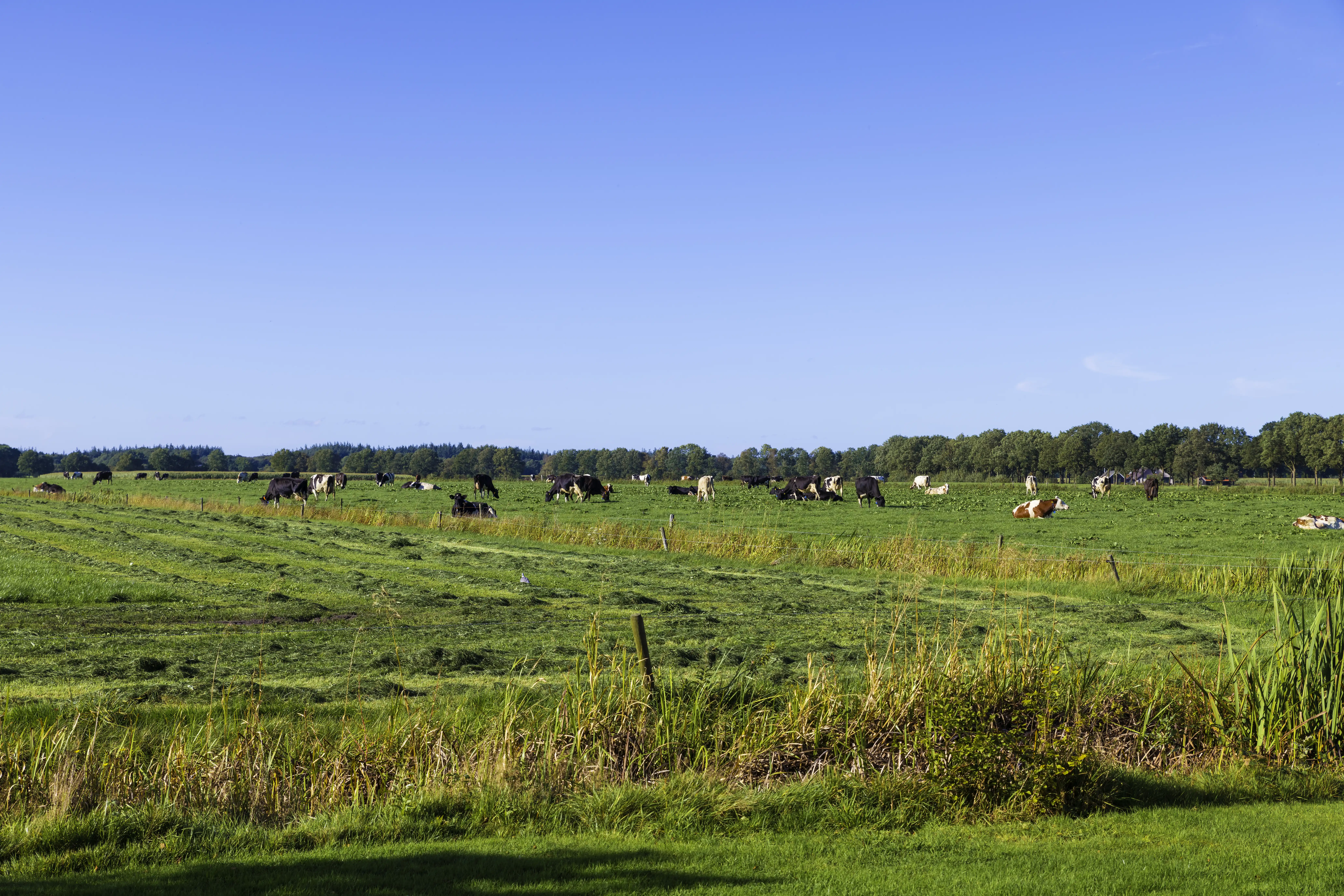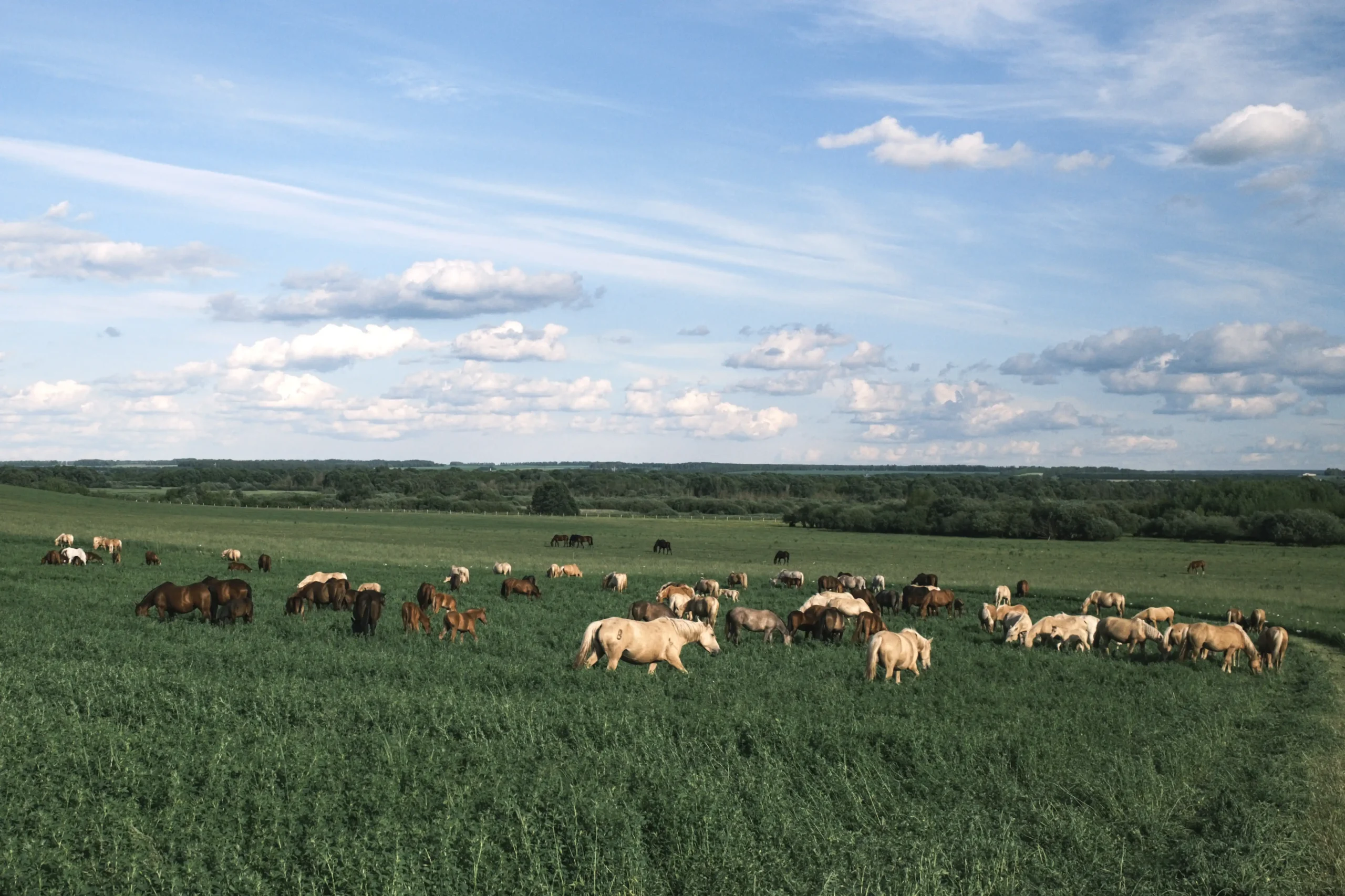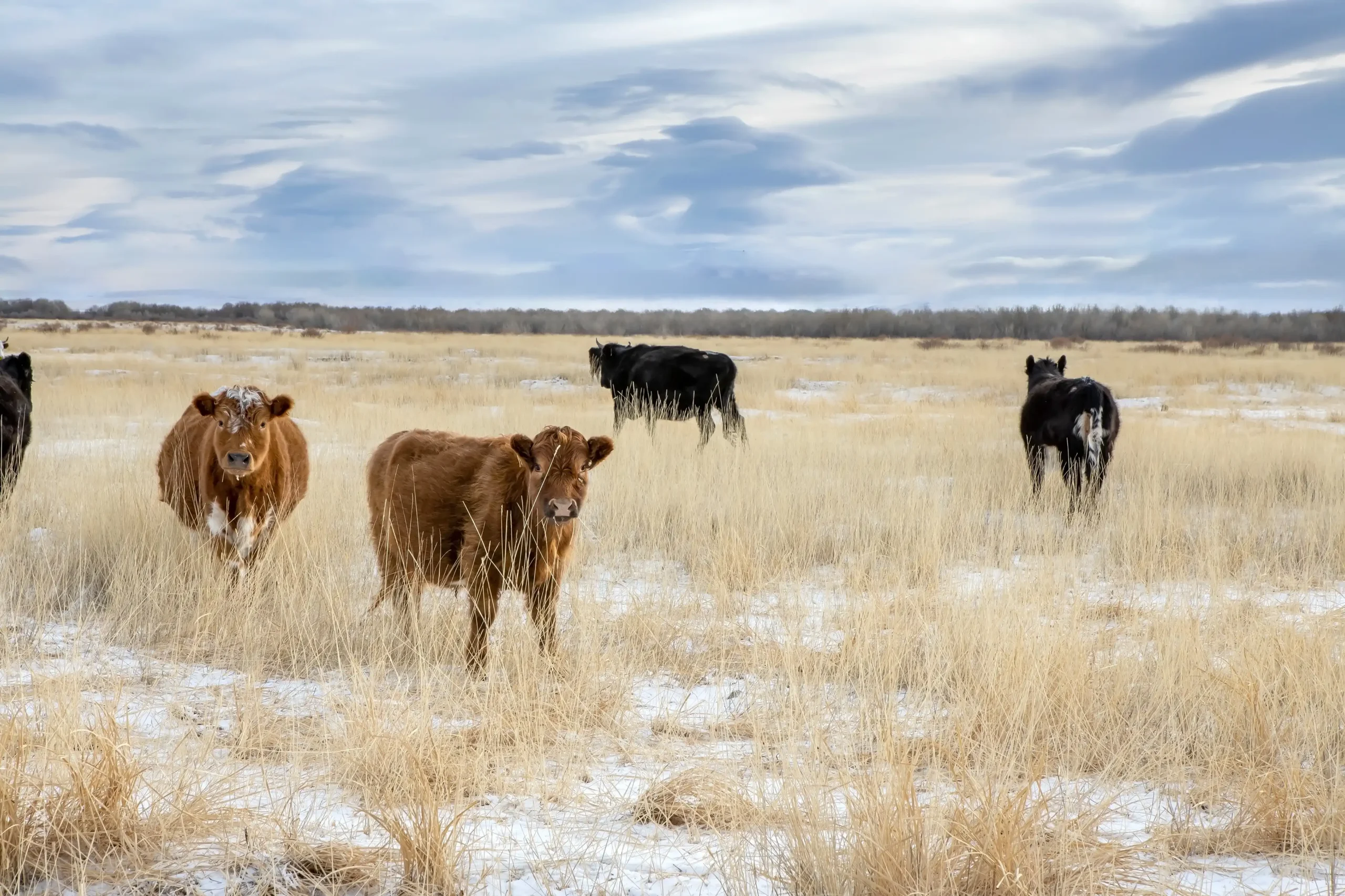Hay and Pasture

High-quality seed mixes are designed for excellent forage production, soil health, and livestock nutrition.
Choosing the right hay and pasture mix is crucial for maximizing forage production and improving the overall health of your livestock. Our expertly blended mixes are designed to provide nutrient-rich forage, support soil health, and improve grazing systems year-round.
Whether you need a mix that thrives in drought conditions, provides high-protein forage, or ensures a consistent hay crop, we have the right solutions to meet your specific needs.
Soil Type
Assess your soil’s drainage, pH, and fertility. Alfalfa thrives in well-drained, high pH soils, while bromegrass and fescue are more tolerant of lower pH and heavier soils.
Climate
Choose a mix that suits your local climate. Cool season grasses like orchardgrass and bluegrass excel in cooler regions, while warm season grasses like bermuda grass and switchgrass thrive in hot, dry conditions.
Livestock Needs
Consider the nutritional requirements of your livestock. High-protein mixes like alfalfa-clover blends are ideal for dairy cows, while orchardgrass and ryegrass are excellent for beef cattle grazing systems.
Forage Goals
Determine whether you’re focusing on hay production, rotational grazing, or year-round pasture. For example, alfalfa-timothy is great for hay production, while fescue-clover mixes provide excellent grazing forage.
Discover Our Line of Product
How to Get Started
Ready to establish a productive hayfield or pasture? Follow these steps.
Soil Testing
Begin with a soil test to identify nutrient deficiencies and determine the best fertilizer application. Proper pH levels and soil fertility are crucial for successful forage establishment.
Seedbed Preparation
Prepare a clean, firm seedbed by removing weeds and previous crop residue. This will ensure good seed-to-soil contact, improving germination rates.
Seeding Rates
Use the recommended seeding rates for each forage type, ensuring adequate coverage for a dense, high yielding stand.
Planting
Plant cool season grasses in early spring or late summer, and warm season grasses in late spring. Timing is key to allowing the seeds to establish before extreme temperatures.
Maintenance
Proper irrigation, weed management, and fertilization are necessary to maintain a productive hay or pasture stand. Once established, rotational grazing or timely hay cutting will help maintain plant health and forage quality.
Custom Mixes
Not sure the best mix for your field?



